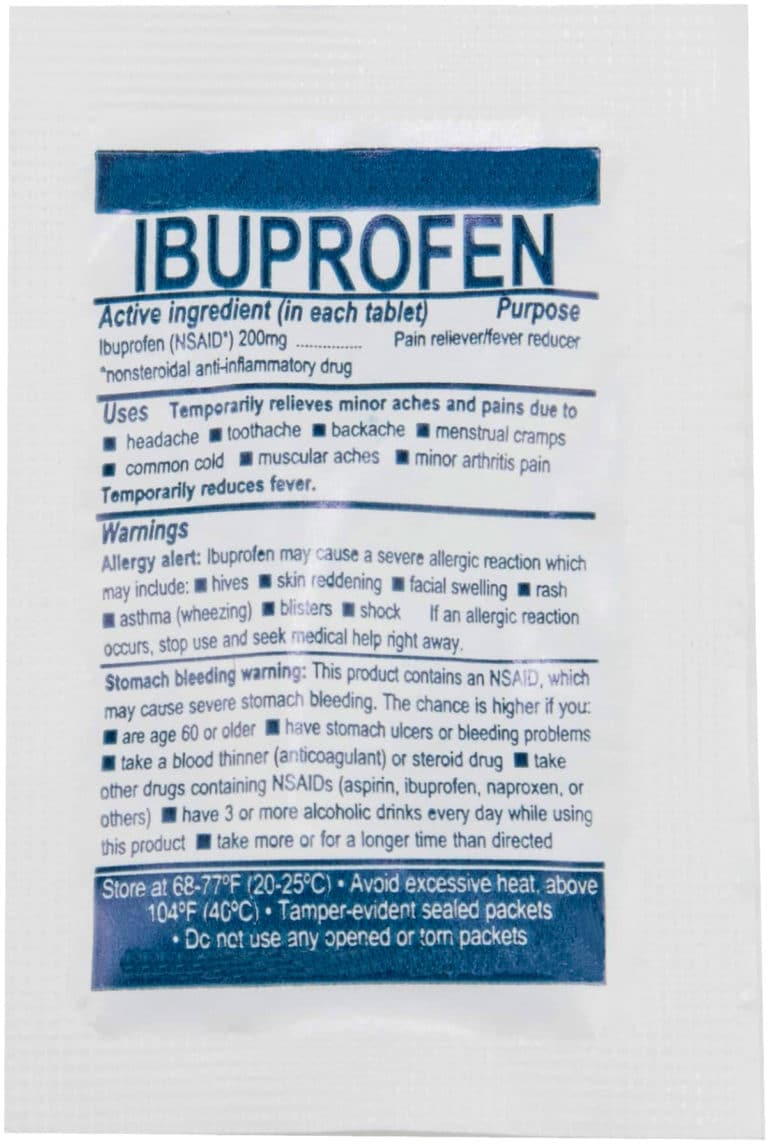FAQs: Fibroids
What are fibroids?
Fibroids are non-cancerous tumors found within the uterine walls, often resulting in a change in the size or shape of the uterus.
What Are the Symptoms?

Not every woman who has fibroids has symptoms, so it is important to have regular health exams.
Following Are the Most Common Symptoms of Fibroids [1]:
- Menstrual period lasting longer than a week
- Heavy bleeding during periods
- Bloating or fullness in the stomach or pelvic area
- Pain in the lower stomach or pelvic area
- Constipation
- Pain with intercourse
- Reproductive issues, including infertility and miscarriages. Early labor can result from fibroids but is rare.
What Are the Causes of Fibroids?
The cause of fibroids is unknown, but as many as three-quarters of women have them sometime during their lives [1].
Risk Factors for Fibroids Include [1]:
- Age: Fibroids generally appear in women in their 30s and 40s (fibroids usually shrink after menopause).
- Race: African American women are two to three times more likely to develop fibroids than women of other races/ethnicities.
- Family history: women with a mother or sister who had fibroids are more likely to develop fibroids.
- Obesity: women who are overweight or obese are more likely to develop fibroids than women who are at a healthy weight.
- Diet: consuming a lot of beef and pork is linked to higher fibroid risk; conversely, consuming a diet rich in green vegetables lowers the risk of fibroids.
- Early menstruation: women who started menstruating before age 10 are at a higher risk for fibroids than women who started menstruating after age 10.
Additional Information:
Where in the Body Do You Get Fibroids?
Fibroids Can Grow in Several Places [1]:
- Submucosal: tumors grow into the uterine cavity.
- Intramural: tumors grow within the wall of the uterus.
- Subserosal: tumors grow outside the walls of the uterus.
- Penducluated: tumors grow on stalks coming out from the surface of the uterus.
What Are the Complications of Fibroids?
Women who have fibroids are more likely to experience difficulties during pregnancy and childbirth, but this does not mean that they cannot safely carry and deliver a child. Most women with fibroids have healthy pregnancies and births. Pregnant women with fibroids are not considered to be high-risk.
Women who have fibroids will be relieved to learn that fewer than 1 in 1,000 cases of fibroids are cancerous. Having fibroids does not increase your risk of developing uterine cancer later on.
What Are the Treatments for Fibroids?
 Depending on their seriousness, there are various ways to treat fibroids. These include:
Depending on their seriousness, there are various ways to treat fibroids. These include:
- Take ibuprofen or acetaminophen for mild pain.
- If you experience heavy bleeding, you can take iron supplements to prevent anemia.
- Low-dose birth control or progesterone-like birth control (i.e., Depo Provera or Mirena) can also control heavy bleeding.
- Discontinue estrogen use to shrink fibroids.
- Change your diet: a diet rich in whole grains and Vitamins B and E can help lower excessive estrogen levels. Soybeans and soy products are also helpful because they are rich in plant estrogens, lowering estrogen levels. Eat fish with high levels of linolenic acid, which helps alleviate cramps. You can experiment with avoiding dairy products and meats that are high in saturated fats, alcohol, and excess salt to reduce cramping and pain.
Removing Fibroids Surgically:
- Uterine Artery Embolization (UAE): This surgery cuts off blood supply to the fibroids. Women cannot get pregnant after this surgery, so it should only be used for those who do not want to have children later. It is more effective in treating submucosal and intramural fibroids.
- Endometrial Ablation: This surgery removes the uterine lining to control very heavy bleeding. Women cannot get pregnant after this surgery, so it should only be used for those who do not want to have children later. About half of the women who have this surgery stop menstruating; about one-third have much lighter bleeding.
- Myolysis: This surgery first shrinks fibroids with GnRH agonists for three months, then the fibroids are destroyed with electricity or by freezing. This is not the best option for women who want to completely remove the fibroids because the GnRH agonist treatment can complicate future surgery.
- Myomectomy: This surgery removes only the fibroids, leaving the uterus’ healthy areas intact. It is most suitable for women who do want to have children later on. However, new fibroids may grow after this surgery.
- Hysterectomy: This surgery removes the uterus entirely. Doctors refer to fibroids as “fibroid tumors” to make them sound more serious and to make hysterectomies sound more appealing. The NWHN recommends trying alternatives to hysterectomy first because the procedure is very serious and irreversible. If you have a hysterectomy, keep your ovaries unless you have a family history of ovarian cancer.
References:
[1] Mayo Clinic. (2023, September 15). Uterine Fibroids. https://www.mayoclinic.org/diseases-conditions/uterine-fibroids/symptoms-causes/syc-20354288
Updated 11/29/2023 by Rachel Grimsley, RN, BSN, MSN, Nurse Writer




 Depending on their seriousness, there are various ways to treat fibroids. These include:
Depending on their seriousness, there are various ways to treat fibroids. These include: